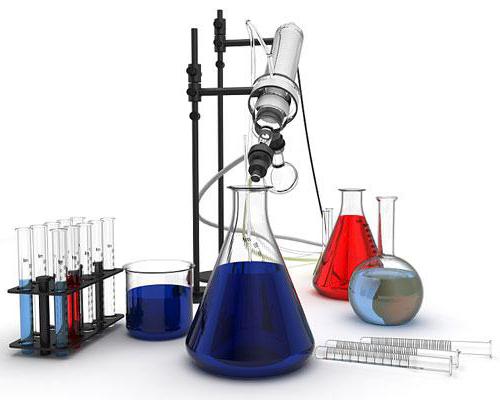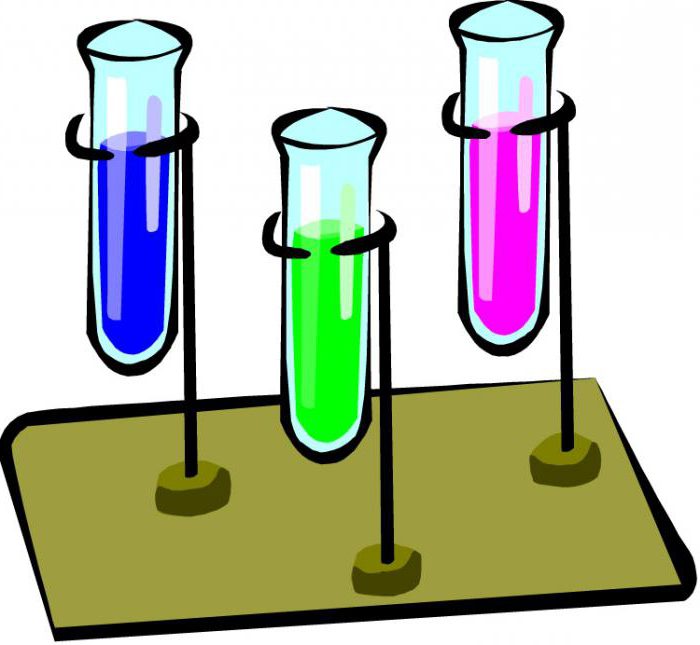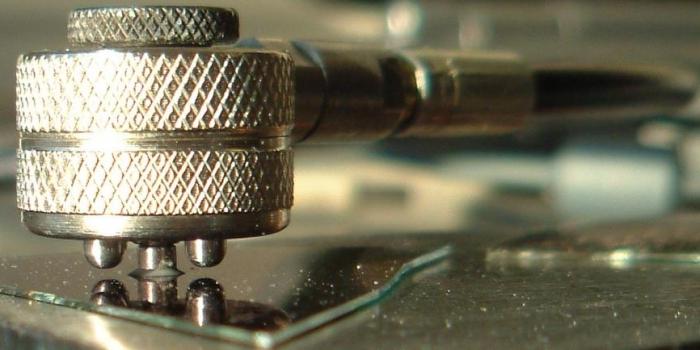Donor-acceptor bond: examples of substances
Donor-acceptor bonding, or coordination, is a kind of covalent bond. We reveal the distinguishing features of this type of connection, we will give examples that demonstrate its formation.

Covalent bond
To begin with, we distinguish the distinctive features of the covalent chemical bond itself.
It can be polar and non-polar, independing on the position of the electron pair between the atoms. If a partial shift of the electron density occurs toward one of the atoms, a covalent polar chemical bond occurs. A similar phenomenon is possible with the formation of a bond between nonmetals having different electronegativity. When it increases, a significant shift of the electron pair toward the atom with a large EO exponent occurs. When a bond is formed between nonmetals having the same electronegativity value, there is no shift of a pair of electrons, such a connection is called nonpolar.
Examples are oxygen, hydrogen, ozone, phosphorus. The polar connection is hydrochloric acid, water, ammonia.
There is a special term by which one can characterize the number of electron pairs formed between atoms.
Considering that for the formation of one bondrequires two electrons, there will be three bonds between the nitrogen atoms, that is, the multiplicity corresponds to three. Donor-acceptor bonding is a special case of a covalent polar bond, but intermolecular interaction of substances is assumed.

Features of the mechanism
To form a conventional covalent bondenough interaction between two electrons (common pair). The donor-acceptor chemical bond is formed as a result of a pair of electrons from one side (from the donor), an unfilled (free) orbitale from another atom (acceptor). In the case of a covalent polar (nonpolar) bond and in the donor-acceptor interaction, the electrons eventually become common.

Ammonium cation formation
How is the donor-acceptor bond formed? Examples of substances given in the course of secondary school chemistry are limited to ammonium cation. Let's analyze his education in more detail.
Nitrogen, which is part of the ammonia molecule,is in the fifth group (the main subgroup) of the periodic table. At its external energy level, there are five electrons. When an ammonia molecule is formed into a covalent polar bond, nitrogen spends three electrons, so an electron pair that does not participate in such a process remains unused.
It is she who gives him the right to manifest the properties of the donor when the ammonia molecules come together with the water dipoles. In water, the hydrogen cation does not have its own electrons, so it exhibits the properties of the acceptor.
At a time when ammonia molecules are on thesufficiently close to the protons of hydrogen from the water, a nitrogen cloud consisting of two electrons appears in the sphere of attraction of the hydrogen cation, it becomes common to them. As a result, the formation of a tetravalent bond between nitrogen and hydrogen occurs, a donor-acceptor mechanism is assumed. This, as they say, is a classic example of communication formation.
Oxonium cation formation
In the school curriculum (basic level), notconsider the oxonium cation (hydroxonium), since the protolytic theory of solutions is studied only at the profile level. Since the donor-acceptor bond is also used here, examples of its formation will be considered in more detail.
As a donor in this case will actmolecule of water, and the proton manifests the properties of the acceptor. The considered donor-acceptor mechanism is what is called the basis of the chemistry of complex compounds, and therefore deserves special attention. He explains the essence of the theory of the electrolytic decomposition of acids, salts, bases when dissolved in water into cations and anions.
When such a connection is forced, penetration of the bound electrons into the outer shell of the atoms bound by them occurs. In this case, there is an increase in the number of electrons on the outer shells by one.

The second algorithm of communication formation
There is another mechanism by whichdonor-acceptor bond. Examples of such interactions are numerous, in particular the formation of metal fluorides. The use of a pair of electrons of one of the reacting atoms is observed. As a result, one atom completes its shell to the maximum, but not all eight electrons participate in the connection, only a certain part of them. Those electrons that will not take part in the connection are called free, and with the help of the others, a donor-acceptor bond is created. Examples of such a variant of donor-acceptor bond concern the formation of fluorides of alkali and alkaline-earth metals. For example, sodium, potassium, calcium fluoride is similarly prepared.
What is the difference between a donor-acceptor bond? It is possible to single out stable compounds that arise due to a similar mechanism for the formation of chemical compounds. For example, the dissolution of hydrogen fluoride in water, the connection between ammonia and aluminum chloride, leading to the formation of complex compounds.

Conclusion
Taking into account the rules of the donor-acceptorinteraction, we note that inert gases may well act as active donors, since they have the maximum number of electrons on the outer shell. Experimentally, such a statement was fully confirmed, and oxides of inert gases formed precisely by the donor-acceptor interaction were revealed.
This kind of covalent bond has a specialvalue in a person's life. In addition to active participation in his life, thanks to donor-acceptor communication, it is possible to create food products, various pharmaceutical preparations. For example, the mechanism of ammonium cation formation considered above concerns the formation of ammonia, which is widely used in modern medicine.







